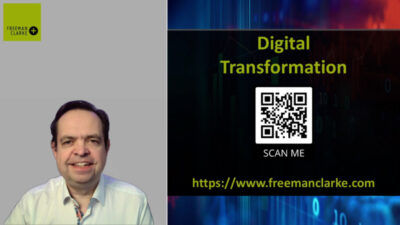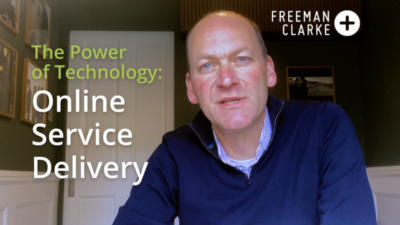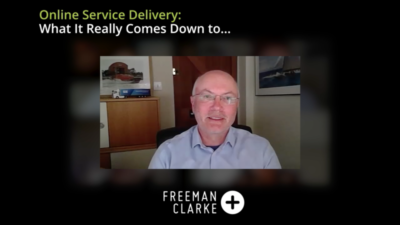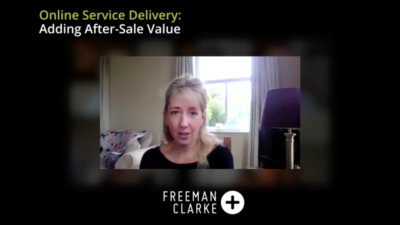Digital Transformation: Nice to have or a necessity?
Since the dawn of the Internet, companies have been leveraging new technology to improve efficiency and deepen client engagement. We’ve...
Read moreSince the dawn of the Internet, companies have been leveraging new technology to improve efficiency and deepen client engagement. We’ve...
Read moreWhen a mid-market business runs efficiently, it’s more profitable. Customers are happier and employees enjoy their jobs more as well....
Read moreHow do you get to the top spot in technology? And how do you stay there? Freeman Clarke’s ‘The Curious...
Read moreAt the beginning of 2021, CIO.co.uk outlined what they believed would be this year's top eight challenges for IT leaders:...
Read moreFACT: The CIO/CTO position is the only Board position where the necessary knowledge and skills need constant updating. Just like...
Read moreWe’ve seen so many changes in online service delivery. What does it all mean to a mid-market business? Our IT...
Read moreYour systems strategy should focus on what the clients want. But staff must be a consideration as well. Our IT...
Read moreWhat’s the real point of Online Service Delivery? Delivering value, not just the lowest price. Our IT and technology experts...
Read moreNew tools have made it much easier and cheaper to deliver information, offers, and new services to customers after they...
Read morePlain English board-level briefings focused on technology strategies to deliver competitive advantage and business success.
You can unsubscribe at any time.
Call us on 0203 020 1864 with any questions.
Graeme Freeman
Co-Founder and Director
Plain English board-level briefings focused on technology strategies to deliver competitive advantage and business success.
You can unsubscribe at any time.
Call us on 0203 020 1864 with any questions.








